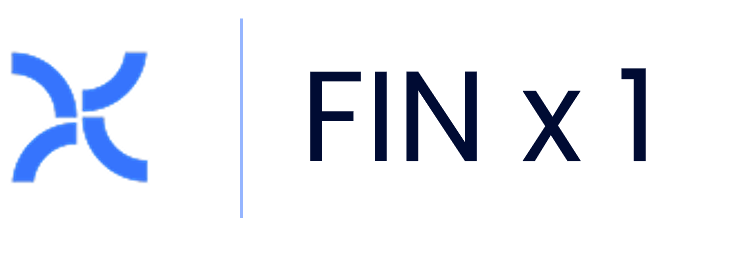
The Covid-19 pandemic brought about a monumental shift in the way we work, with remote work becoming the new norm. This has led to an increased demand for No-code development tools, which enable non-technical employees to build software applications without the need for coding skills. In fact, Gartner projected a 23% increase in the global market for No-code tools in early 2021.
These tools are effective in addressing some of the most complicated challenges in tech, including the need to digitise workflows, enhance customer and employee experiences, and improve the efficiency of commercial and operational teams. They have evolved from just facilitating function-specific tools to enabling a broader range of business employees to truly own their automation and build new software applications with no coding, thereby increasing organisational capacity.
No-code platforms have also come into the limelight in the context of the Great Resignation. As companies face a shortage in engineering and developer talent, these platforms make it easier for them to turn more of their employees into citizen developers.
However, for organisations integrating new No-code tools into their tech stack or leveraging existing ones, it’s crucial to address five key topics to improve their performance and ensure the success of their No-code initiatives.
Firstly, security is of utmost importance. As citizen developers build new applications, IT staff must put guardrails in place and have those built into no-code platforms to maintain consistent levels of security across the organisation. Secondly, encouraging employees to become no-code developers requires a shift in mindset and a change in overarching processes like hiring and training. The traits that make a good citizen developer may be different from those that companies previously looked for, but good citizen developers are willing to be creative and take risks.
Thirdly, no-code platforms democratise the ability to create new software applications, making it possible for individual departments or units to solve problems without relying solely on scarce IT resources. However, departments must be able to work without silos and communicate freely across functions for success. Fourthly, hyper automation will grow rapidly in the next three years, and No-code tools are poised to play a leading role in this hyper automation arms race. Organisations that take a centralised, coordinated approach to hyper automation will be able to find new efficiencies that map directly to their business goals.
Lastly, organisations must increasingly become what Gartner is calling a “composable enterprise.” No-code organisations in 2022 and beyond can embrace the fusion of IT and business staff, empowering them with composable applications to speed time to market for new solutions. No-code, APIs, and other tools are enabling companies to integrate new applications into their existing tech stack in a more seamless manner with a lift-and-shift approach.
No-code platforms are projected to continue their growth trajectory in 2022 and beyond, but their success will depend on individual approaches and implementations. Successful enterprises will be able to capitalise on emerging opportunities for no-code applications while simultaneously building the necessary organisational and security structure. The businesses that do so will reap the rewards of increased agility, creativity, and growth, putting them in pole position for years to come.


